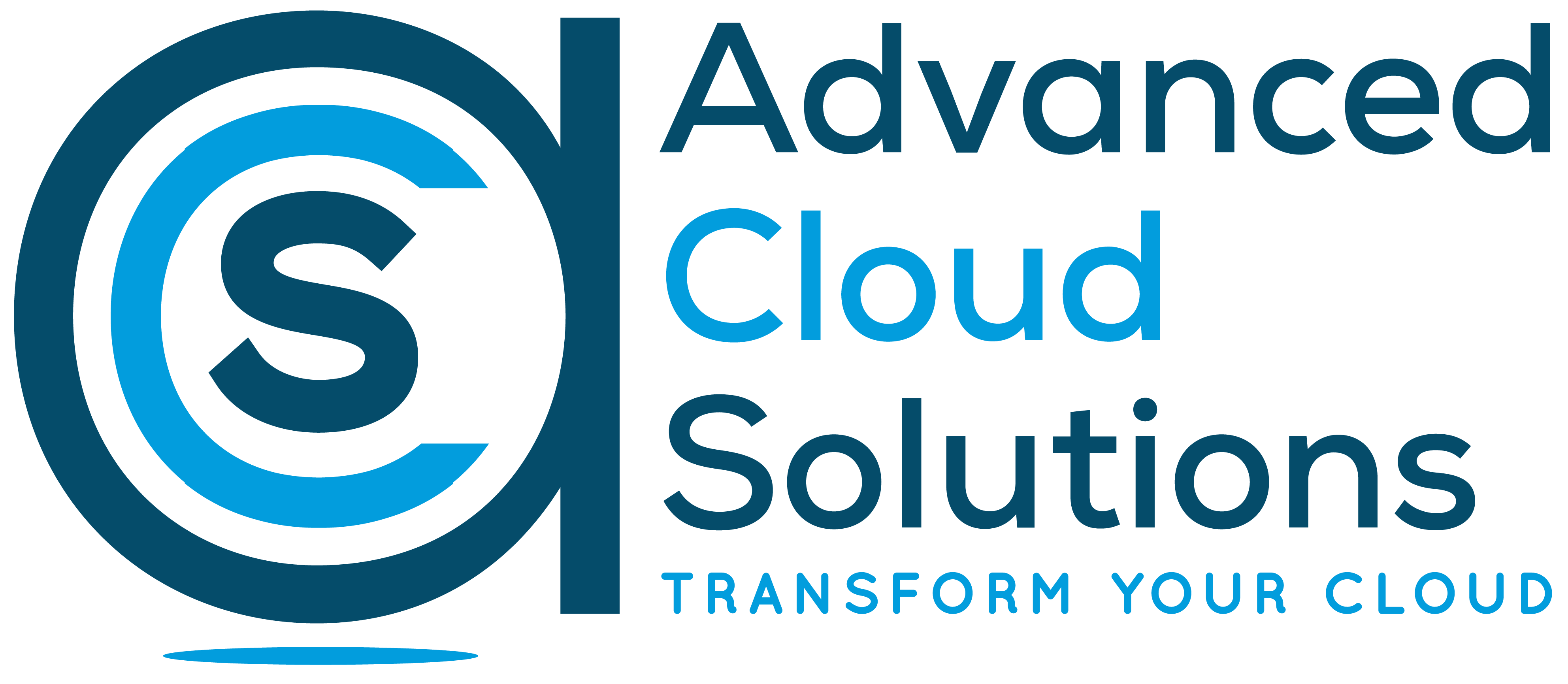platformsSoftware that turns a group into a dream team
Partner with Advanced Cloud Solutions (ACS) and transform your IT and work environment into an efficiently-optimized Salesforce environment for maximized workflow, sales, and ease of use. Integrate all of your business's platforms, automate key processes, and take care of employee and customer needs simultaneously.



servicesLeverage Salesforce to do the most for your business
Our services integrates and optimizes Salesforce for your business. We are here every step of the way, from consulting and development to training, implementation, data migration, and ongoing admin and support services.
our processthoughtful, custom solutions
We strive on working with our clients in a simplified process
Additional competenciesWe Can Support All Aspects of Your Business Operations
Get All The Latest News
See All-
What Is A Salesforce Consulting Partner And Where Can I Find One?
Read MoreBusinesses often turn to Salesforce Consulting Partners to leverage Salesforce effectively. But what exactly does this partnership entail, and how can you find the right partner for your needs?
-
Working with a Salesforce Implementation Partner in Michigan and Beyond
Read MoreBusinesses seeking to enhance their customer relationship management (CRM) capabilities often turn to Salesforce, the world’s leading CRM platform. However, harnessing Salesforce’s full power requires expertise and experience.
-
Sales Cloud vs. Service Cloud – Understanding the Differences
Read MoreTwo of the most prominent Salesforce services are Sales Cloud and Service Cloud. Although both are built on the core Salesforce platform and share some fundamental features, they are designed with distinct purposes.
-
What is Salesforce Sandbox? Why You Should Use Salesforce Sandboxes
Read MoreLearn more about Salesforce Sandbox and why you should be using it as part of your development tools for testing Salesforce systems.
-
Salesforce Spring ’24 Best Admin Updates & Release Date Schedule
Read MoreThe Salesforce Spring ‘24 release has begun rolling out. With the final updates releasing in early February, it’s a good time to review the best admin updates and changes to look out for.












